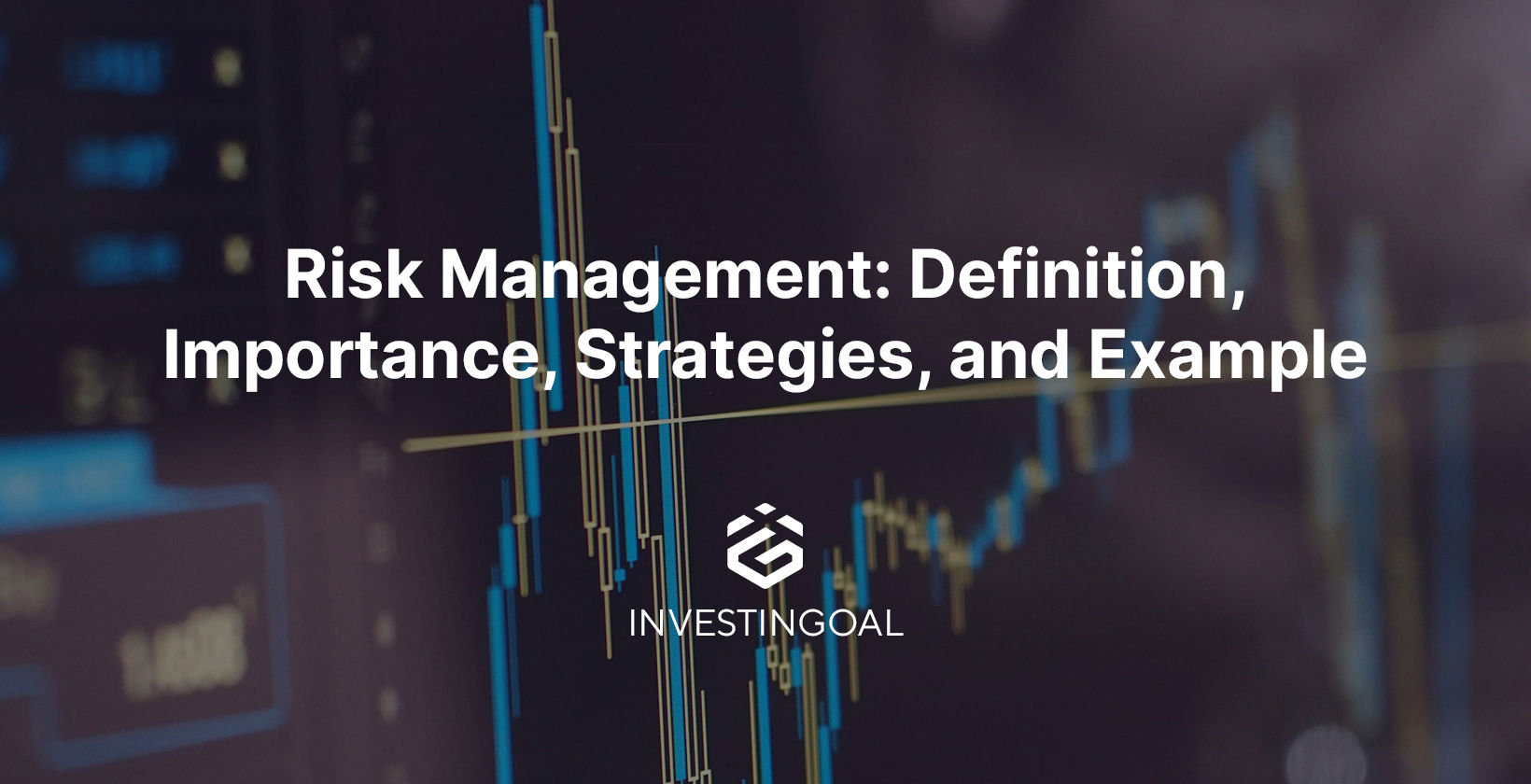The Relevance of Recognizing the Importance of Risk Management in Various Industries

The Core Principle of Risk Management and Its Objective
Risk Management, the cornerstone of several industries, pivots on the identification, assessment, and mitigation of unpredictabilities in an organization environment. By properly identifying possible dangers, companies can develop approaches to either protect against these threats from happening or minimize their impact. As soon as risks have been recognized and examined, the mitigation procedure includes developing approaches to minimize their potential influence.
Benefits of Implementing Risk Management in Organization Workflow

Revealing the Duty of Risk Management in Different Industries
While every market confronts its distinct collection of dangers, the application of Risk Management techniques remains a common measure in their search of sustainability and development. In the health care sector, Risk Management involves making certain individual safety and data protection, while in financing, it involves mitigating financial investment dangers and ensuring governing compliance (importance of risk management). Construction firms concentrate on worker safety, task delays, and budget overruns. In the modern technology market, firms alleviate cybersecurity threats and modern technology obsolescence. Eventually, the duty of Risk Management throughout markets is to determine, evaluate, and reduce threats. It is an essential element of tactical preparation, allowing companies to secure their possessions, make best use of possibilities, and accomplish their purposes.
Real-life Study Demonstrating Effective Risk Management
To recognize the importance of Risk Management in these lots of markets, one can want to numerous real-life instances that illustrate the effective application of these procedures. For example, in the energy market, British Oil developed Risk mitigation intends post the 2010 Gulf of Mexico oil spill. They carried out much better security treatments and stricter policies which substantially decreased additional mishaps. Similarly, in money, Goldman Sachs efficiently browsed the 2008 monetary crisis by recognizing potential mortgage-backed securities threats early. Finally, why not try here Toyota, post the 2011 earthquake in Japan, revised its supply chain Management to reduce disruption dangers. These situations demonstrate exactly how industries, gaining from crises, properly applied Risk Management techniques to minimize future dangers.
Future Fads and Growths in Risk Management Strategies
As the globe proceeds to develop, so also do the fads and advancements in Risk Management techniques. Quick developments in innovation and data analytics are reshaping the Risk landscape. Huge data and AI are now important in anticipating and alleviating dangers. Organizations are leveraging these devices to construct anticipating versions and make data-driven choices. Cybersecurity, once an outer concern, has catapulted to the leading edge of Risk Management, with techniques concentrating on discovery, action, and avoidance. The assimilation of ESG (Environmental, Social, Administration) aspects right into Risk Management is one more growing trend, mirroring the increasing recognition of the reference duty that environmental and social threats play in business sustainability. Thus, the future of Risk Management depends on the blend of sophisticated technology, ingenious techniques, and an all natural method.
Conclusion
In final thought, comprehending the value of Risk Management across a range of sectors is critical for their longevity and success. Ultimately, successful Risk Management contributes to much more lasting and durable services, highlighting the value of this practice in today's vibrant and highly competitive business environment.
While every industry faces its distinct collection of threats, the execution of Risk Management strategies remains an usual in their quest of sustainability and growth. In the healthcare sector, Risk Management entails guaranteeing patient safety and data security, while in finance, it entails mitigating investment risks and ensuring governing conformity. Ultimately, the function of Risk Management throughout sectors is to recognize, assess, and reduce risks. These cases demonstrate just how sectors, finding out from crises, effectively applied Risk Management methods to minimize future risks.
